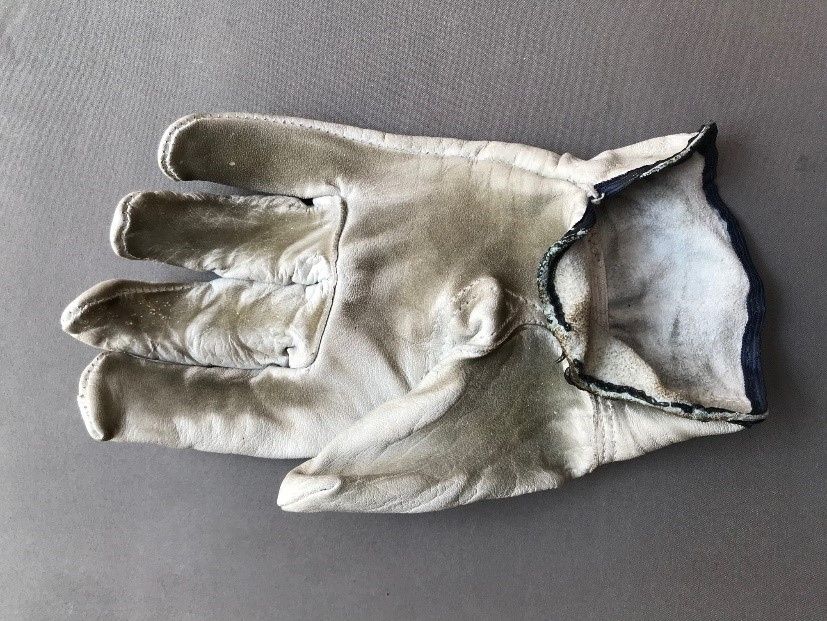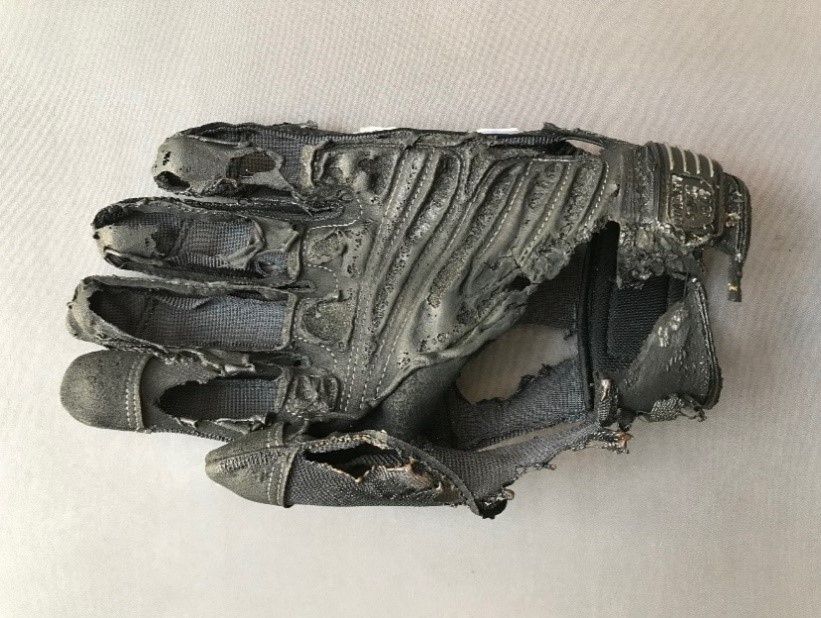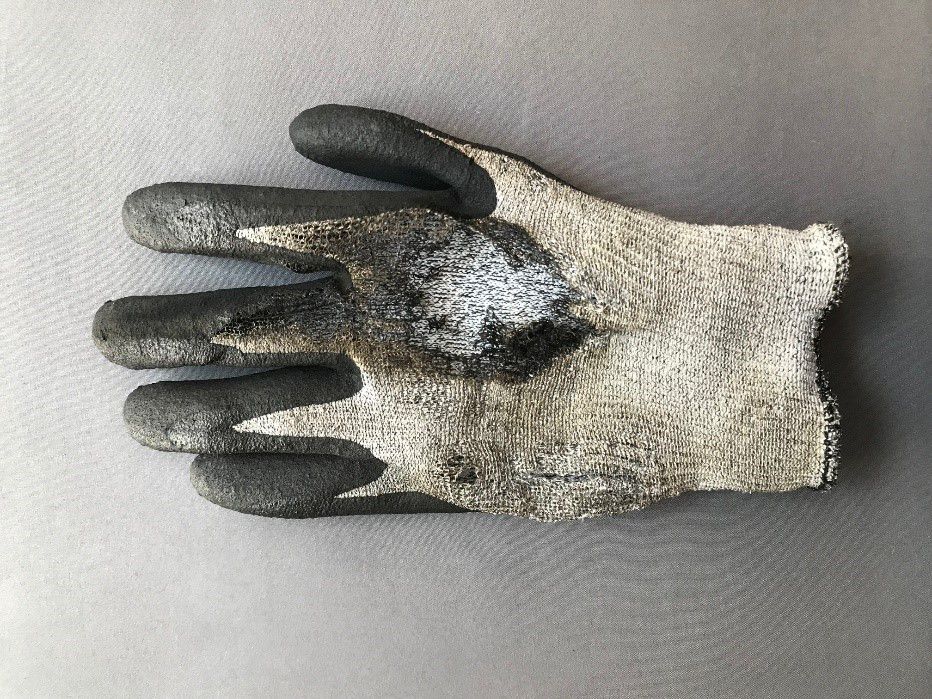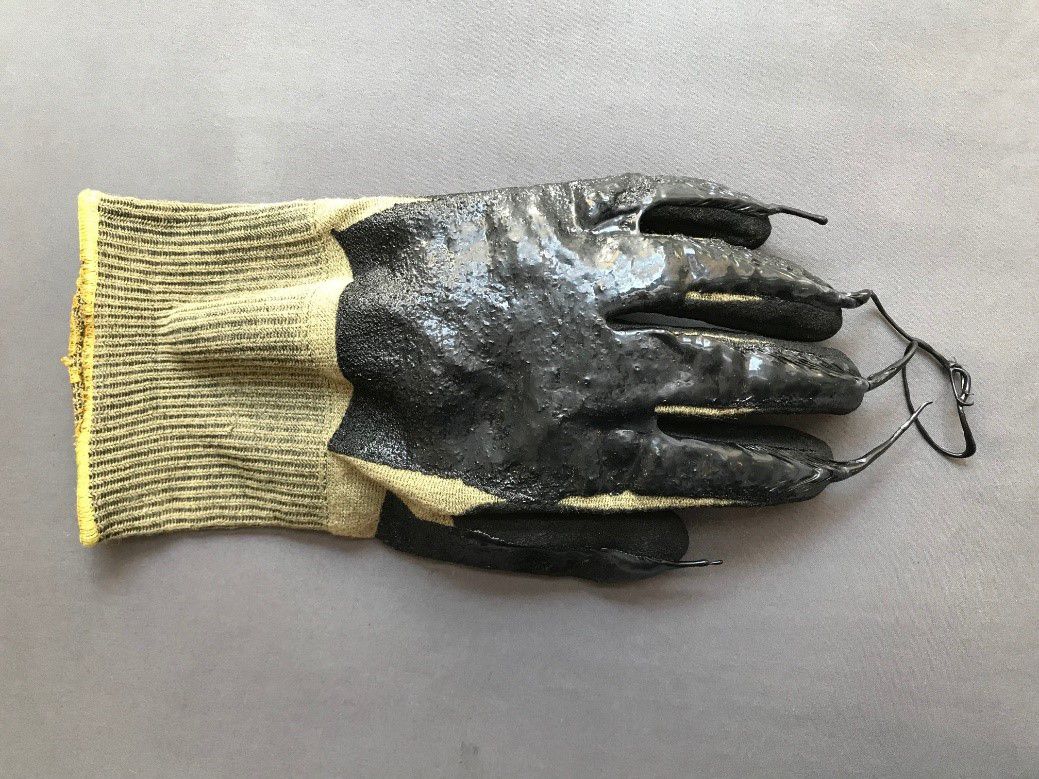The myths of flame resistance (FR) in gloves
By Jeff Hanks, Senior Research Associate for DuPont Personal Protection, and Eric Key, Associate Investigator at DuPont.
When it comes to selecting gloves for general industrial work, we have observed, more often than not, that gloves are likely to be selected based on the cut and abrasion hazards expected in any particular job. This is a good practice, but what if your task has both cut and flash fire hazards?
Over the years, we have assessed many gloves and their properties in our technical laboratories across the world as we work with our customers to help them find the best solutions for their tasks and hazards. In our work, we have seen the performance of various gloves in flame-resistant (FR) applications.
Below are some of the common myths related to FR properties in gloves that we have refuted based on our technical evaluations.
Myth 1: “All leather is flame resistant.”
Although many natural leather types do not burn, the shrinkage occurring during flame exposure can be significant, affecting the overall glove performance. Additionally, many work gloves are made from synthetic leather materials, which have little to no FR properties.

Leather glove with excessive cuff curling after 3-second exposure in simulated flash fire testing

Synthetic leather glove with excessive burn damage after 3-second exposure in simulated flash fire testing
Consider this real-life scenario from a customer incident:
An operator in a production plant, wearing FR clothing and heat-resistant leather gloves, was unexpectedly caught in a flash fire incident. The operator experienced burns on the wrist between their glove and the sleeve of their FR garment. With the shrinkage possible in a typical leather glove, it was necessary for the safety manager to add an additional protective sleeve between the glove and garment to prevent potential issues in the future.
When leather is exposed to flame, it shrinks – as much as 50% or more. When leather shrinks, it can expose the skin, leaving you more vulnerable to burns and injury. This can particularly be an issue in the cuff region of a leather glove, where curling after flame exposure is often seen.
Shrinking leather also pulls the glove tighter to the skin, allowing the heat to transfer quickly into the hand, speeding the time to burn injury. Additionally, shrunken leather that has formed to the hand during a flame exposure can be difficult to remove without cutting the glove free.
Although synthetic leather materials are engineered for exceptional wear and dexterity, they offer little to no FR protection - most of these products are made from ordinary polymer fibers and coatings that melt and/or burn easily when exposed to heat or flames.
Myth 2: “All gloves made using high-strength/cut-resistant fibers are flame resistant.”
Although many fibers used in glove applications, such as Kevlar® fiber and Nomex® fiber, are flame resistant, there are many gloves made from fibers with much lower melting points, such as high-performance polyethylene (HPPE) and polyester that are not flame resistant. Additionally, many gloves are made from a mix of fibers, some having FR properties but others without flame resistance. At DuPont, we have tested gloves made from HPPE and various fiber mixes and found that most will melt and/or burn when subjected to the typical testing needed for flash-fire protective gloves.

HPPE glove with excessive burn damage after 3-second exposure in simulated flash fire testing
Myth 3: “Gloves with heat contact ratings, arc ratings or other thermal performance ratings are suitable for use in FR applications.”
There is a range of gloves in the market designed for various heat, thermal and arc flash hazards. Although these gloves may have some flame resistance, gloves for use in FR applications should be rated using an established flame-protection standard, such as National Fire Protection Association (NFPA) 2112. Fire-resistant gloves that are tested to NFPA 2112 will be made with thoroughly tested FR materials, including the glove shell, coatings, impact bumpers and glove trims. For the best performance in FR applications, all of these elements should be heat resistant and flame resistant.

Thermal protective glove with melted impact bumper system after short exposure at 260⁰C
The final word
If your garment has been designed and tested to meet rigorous FR requirements, your glove should be designed and tested to match.
This information is based on information that DuPont believes to be reliable. It is subject to change as additional knowledge and experience are gained. It is not intended as a substitute for any testing you may conduct to determine for yourself the suitability of our products for your particular purpose. Since conditions for use are outside the Company’s control, DuPont makes no warranties, express or implied, and assumes no liability in connection with the use of this information. This information is not intended as a license to operate under or a recommendation to infringe any trademark, patent or technical information of DuPont or other persons covering any material or its use.
© 2021 DuPont. All rights reserved. DuPont™, the DuPont Oval Logo, and all trademarks and service marks denoted with ™, ℠ or ® are owned by affiliates of DuPont de Nemours, Inc. unless otherwise noted.